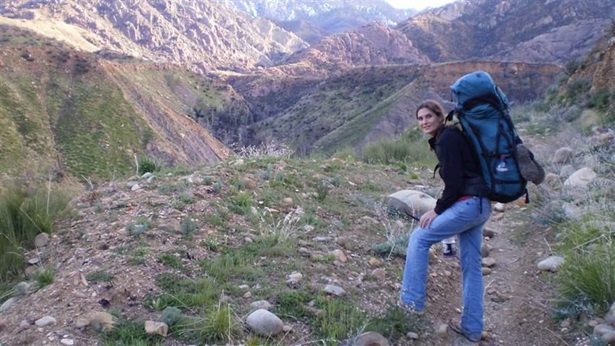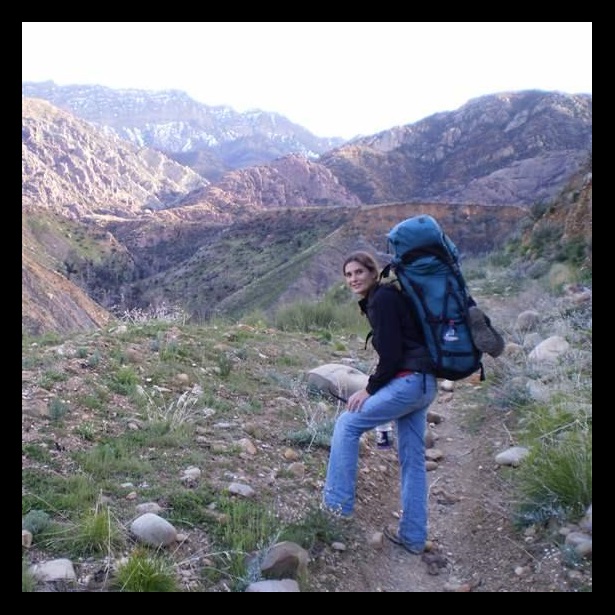Wilderness Bill Would Protect California Scenery, Habitat, and Economy
Measure seeks to permanently conserve Central Coast public lands
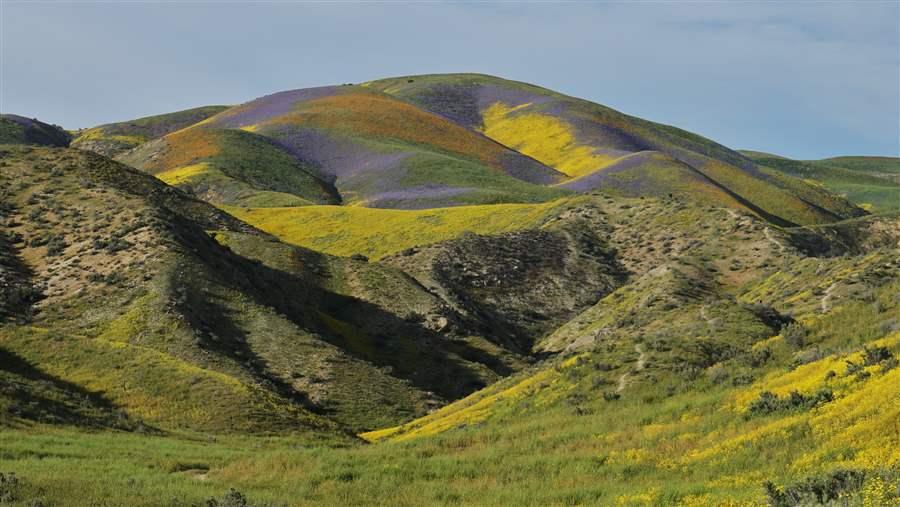
A wet winter that followed a long drought provided ideal conditions for a “super bloom” of wildflowers in the Carrizo Plain.
© Matt SaylesSpring exploded across California’s Carrizo Plain National Monument in 2017. Thanks to an unusually wet winter, much of the state experienced a “super bloom” of wildflowers. But nowhere was the display more magnificent than in the area east of San Luis Obispo, where visitors flocked to see a flower-carpeted valley captured in thousands of images.
Those visitors did more than just gawk at the colorful blossoms; they spent money in the many businesses around the monument. The economic advantages of public lands are not lost on the communities near protected areas such as the Carrizo Plain. Outdoor recreation generates $85 billion in consumer spending and 732,000 direct jobs in California—an effect seen across the country in states with large areas of public land.
Permanent protection of Carrizo Plain supports the region’s tourism industry by attracting visitors from around the globe and improving the region’s quality of life and prospects for a vibrant economic future. That’s why local residents and elected leaders have sought additional safeguards to make sure that select areas within the monument receive permanent protection as wilderness. This action would help these places retain their wild character—free from the threat of industrial development—and be available in perpetuity for hiking, camping, hunting, angling, kayaking, bird-watching, and otherwise immersing in the spectacular scenery.
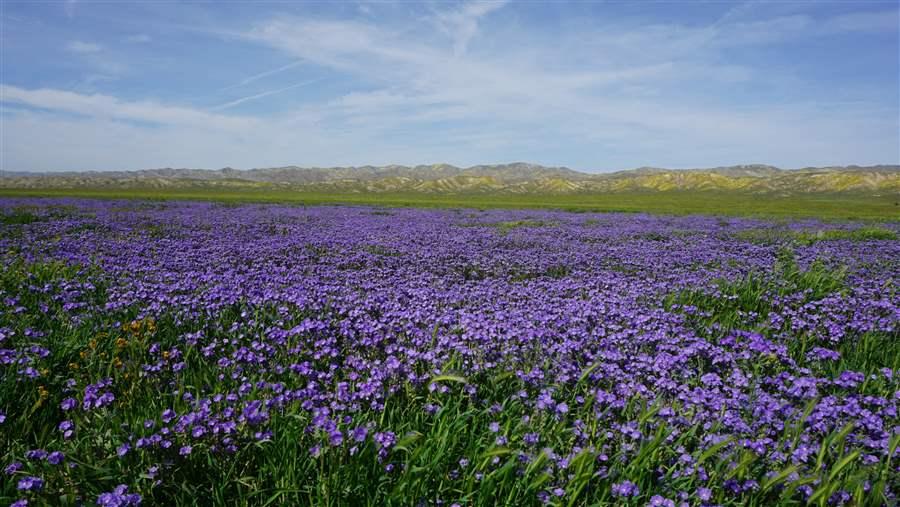
The spring 2017 wildflower bloom in Carrizo Plain National Monument was especially intense because the drought conditions the preceded the wet winter of 2016-17 slowed the growth of many invasive species that often overtake native flowers like these phacelias.
© Matt SaylesThis year, U.S. Representative Salud Carbajal (D-CA) and Senator Kamala Harris (D-CA) have reintroduced the Central Coast Heritage Protection Act, which would protect 244,909 acres of wilderness in the Los Padres National Forest and Carrizo Plain, create two scenic areas encompassing 34,882 acres, and safeguard 159 miles of wild and scenic rivers. The bill was introduced in the last Congress by California Representative Lois Capps (D) and Senator Barbara Boxer (D), both of whom are now retired. Representatives Julia Brownley and Jimmy Panetta, both California Democrats, are co-sponsoring this year’s bill.
Carrizo Plain is extraordinary in any season. The monument, which is traversed by the San Andreas Fault, provides habitat for an incredible diversity of plant and animal life, including several threatened and endangered species, and contains the last intact native grassland in California where pronghorn antelope and Tule elk roam free.
The Los Padres National Forest, the second-largest national forest in California, is divided into two noncontiguous areas. The northern section is in Monterey and northern San Luis Obispo counties, while the main section, which is the focus of the Central Coast Heritage Protection Act, encompasses parts of Ventura, Santa Barbara, San Luis Obispo, and Kern counties.
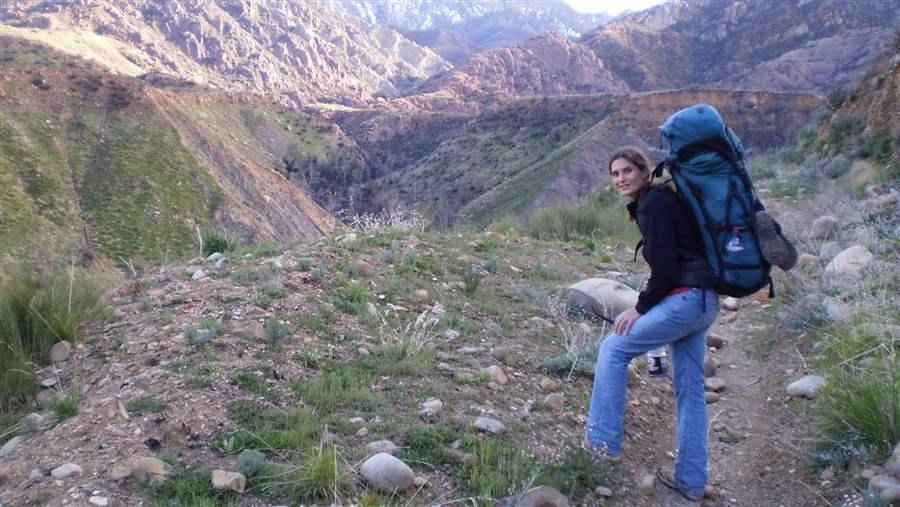
The Condor Trail, in the Los Padres Forest of Central California, would be extended under proposed legislation to link a series of smaller existing trails from Lake Piru in the Topatopa Mountains north to Bottchers Gap outside Big Sur.
© Condor Trail AssociationThe bill would designate the Condor National Recreation Trail, creating a recreational opportunity unlike any other in coastal California. Visitors could hike about 400 miles along the spine of the coastal range, from the southernmost point of the Los Padres National Forest in Ventura County to the northernmost point in Monterey County. This stretch of land is one of the few places in the world where a visitor can view desert species growing alongside redwoods.
Urge your congressional representatives to support the Central Coast Heritage Protection Act. Permanently protecting these special places would be welcome economic news for nearby communities and give future generations the opportunity to experience the next super bloom or through-hike one of America’s premier long-distance trails.
John Gilroy directs The Pew Charitable Trusts’ U.S. public lands program.


America’s Overdose Crisis
Sign up for our five-email course explaining the overdose crisis in America, the state of treatment access, and ways to improve care
Sign up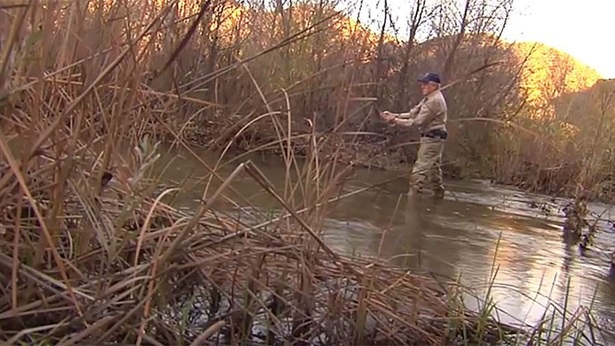
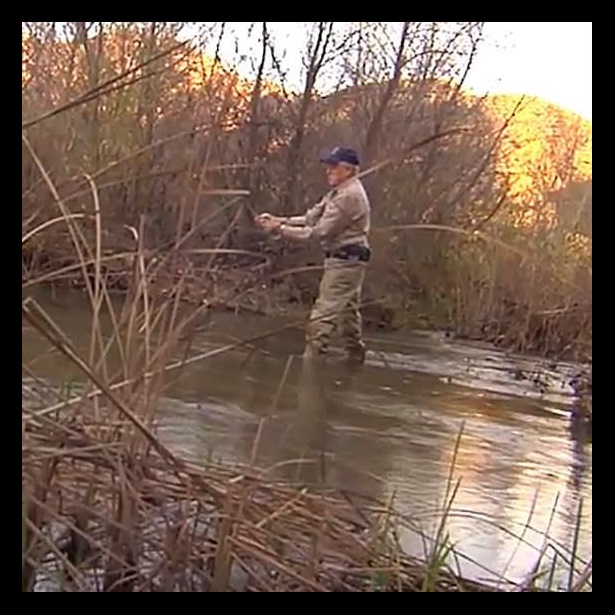
California's Central Coast
Wild lands, scenic rivers need conservation
